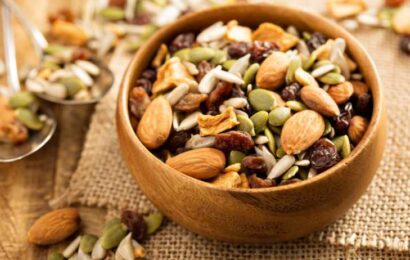Thailand is among the top rice producers in the world. Rice exporter Thailand ranks in the top ten nations around the world for its output. It is also the biggest single exporter known to us all. The cultivation of rice is decentralized in the country. It also has its growing regions focus on the central plains, the lower north plains, and the north-east plains.
Thailand has its 2 rice-growing periods annually. This is also considered as the wet season. This accounts for 3-quarters of the national production including the dry season. The rice for the wet season is also heavily reliant on the monsoonal weather system. Seventy percent of the crop is rain-fed. It is also highly susceptible to drought conditions. This is also especially to those occurring in 2014 and 2015.
With irrigation, the rice crops for the dry season have doubled the results of the rain- fed and wet-season crop. Most of the acreage of land is non-irrigated. In 2015, the lands also not-irrigated encompassed an approximate 6.7 m hectares to 6.15 m hectares, and 500,000 hectares dry season. In the total area irrigated, eighty to ninety percent of the acreage is supplied by the water. This comes from the two essential reservoirs of Sirikit and Bhumipol. These two are situated in the northern part of the headwaters of the river basin of Chao Phraya.
6th Most Productive Country
Thailand produced 18.8 metric tonnes of milled rice between the seasons of 2014 & 2015. This made it the 6th most productive country in the growing of rice. Nevertheless, this was lower as compared to the 20.5 metric tonnes produced last year.
Good Export Quality
Thailand is popular for its smaller population, well-developed infrastructure, and desirable rice strains. All these combined have put the country at the core of international rice trade. Nevertheless, other countries in Asia like India and Vietnam are producing only less expensive rice. They also are selling it in the international market.
Thailand is on the rise of competing based on higher quality. It is also targeting the niche segments competing on the international market. For one, organic rice is becoming more popular in the Western markets. It is also fetching it at a higher price. The high-grade and well-regarded grade Thai Jasmine rice and the Hom Mali variety are preferred by the affluent North American and Asian consumers. All these command a premium price than any other grades.
Thai Rice Exporters Edging Out India
The Thai rice exporters are edging out India having garnered a top exporting honor in 2014. The country transported out its 11 metric tonnes of rice than the 10.9 metric tonnes of India in 2014. But in 2016, the export projection raised by 300, 000 tonnes to almost 10.3 metric tonnes. This is according to the USDA in 2016. This is also based on the stronger demand coming from the major buyers.
China As The Top Market for Thai Rice
It’s China that serves as the top market for Thai rice. The country purchased more than ten percent of all the rice products exported in 2015. It also dramatically increased in its imports from 141.5 million worth to 490.6m worth in 2015. Next to China is the United States as the next biggest market. It was then followed by Benin, a nation in West Africa.
China is the second-biggest economy in the world having a long-term demand for Thai rice. It has billions of mouths to feed. Signs are also increasingly becoming apparent for its self-sufficiency policy. It continues to increase its rice import from Thailand. The rice exporters of Thailand are increasing their sales to South Africa and South-east Asia in 2016. All these will push the country to its position as the biggest rice exporter in 2016. This is based on the USDA projections.
Truly, the rice exporter Thailand is surpassing more of its domestic food staple and lucrative export products!









